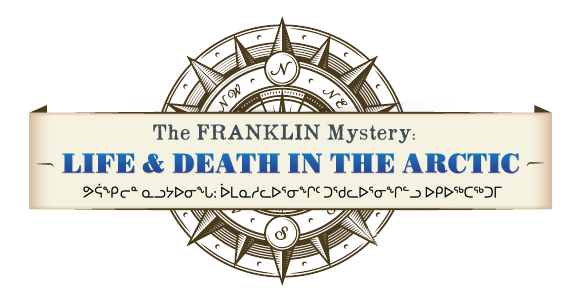Who Owns the Arctic?
When the Franklin Expedition arrived in the Arctic in 1845 it had been the homeland of the Inuit for almost two thousand years. Did the Inuit families who lived and travelled together over this territory own it? Does Canada now own the western Arctic and if so how did it gain ownership? What is the significance of the creation of Nunavut for who owns and controls the Arctic?
An important lasting contribution of the Franklin Expedition and especially the successive expeditions sent to search for it was the eventual incorporation of the Arctic archipelago and adjacent areas of the mainland into the territories of Canada. Of the exploring nations in the Arctic in the nineteenth century, Britain was the only country to carry out sustained exploration over many decades in the region. In the heyday of British Arctic exploration, Britain did not feel the need to assert ownership. As the only major power visiting the region, it simply arrogated to itself presumed title over the Arctic, reinforced through navigation throughout the Arctic islands south of the Queen Elizabeth group, and the assigning of hundreds of place names for land and ocean features, many bearing the names of British monarchs.
Canada proved to be the principal beneficiary of this activity. As a dominion attached to the British Empire and positioned geographically in nearest proximity to the archipelago, Canada was the logical successor country when Britain decided to withdraw from its commitment to the region. In 1880 it transferred title to the region to Canada by Order-in-Council, followed by a second Order-in-Council in 1895, that effectively brought the Arctic archipelago under Canadian jurisdiction.


